According to RIA Novosti, a Russian tank during an attack on the Ukrainian battlefield was hit by an anti-tank missile and then hit a mine. However, the vehicle survived and opened fire on the enemy.
"Our assault group was sent to carry out a mission in the Avdeevka area. The tanks were reinforced to support the infantry fighting vehicles. When approaching the target, the tanks opened fire to suppress enemy fortifications and paratroopers landed from the armored vehicles in the wooded area to fight," said the crew commander.
During the fighting, the lead tank was targeted by a new generation light anti-tank weapon (NLAW), which soldiers confirmed was a 150 mm anti-tank weapon of Swedish origin.
The tank hit by the missile was damaged but still actively moved, using offensive fire. But then, the tank ran into a minefield laid by the Ukrainian Armed Forces. After hitting the mine, the soldiers on the tank did not leave the vehicle but continued to fire while standing still. Only after the rear formation advanced did the soldiers stop fighting and were evacuated in armored vehicles.
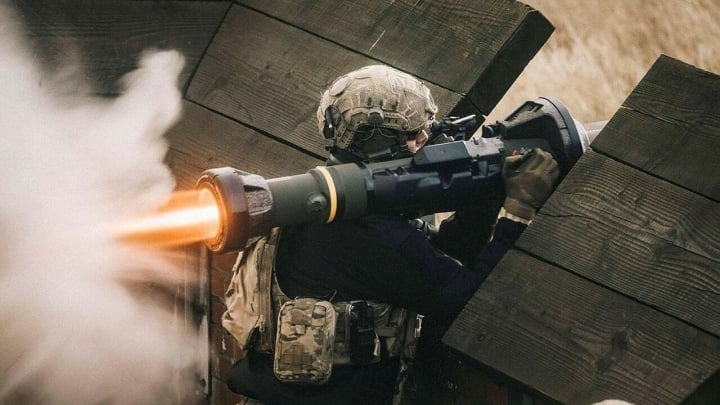
NLAW anti-tank missile.
Could it be a T-90M tank?
According to military experts from Bulgarian Military, if the statements from Russia are correct, it is very likely that this is a T-90M Proriv tank. The NLAW missile is a modern anti-tank weapon that can penetrate most types of tank armor today. However, the Russian military has developed a new generation of explosive reactive armor that can withstand a direct hit from the NLAW missile. This armor is called Relikt, and is currently only equipped on the T-90M and T-14 Armata tanks.
Relikt armor is a type of explosive reactive armor, which consists of metal plates and explosive charges to neutralize the impact of anti-tank missiles. When a missile hits the armor, the explosives detonate, creating a shock wave that disrupts the missile's trajectory and reduces its penetration power. The metal plates then absorb the remaining energy of the missile, preventing it from penetrating the tank's main armor.
The Relikt armor is highly effective against all types of anti-tank missiles, including NLAW. Relikt provides a high level of protection for the crew and critical parts of the tank, such as the engine and ammunition compartment. The armor is also modular in design, meaning damaged parts can be easily replaced on the battlefield.
The T-90M and T-14 Armata tanks are currently the only Russian tanks equipped with Relikt armor. These tanks are considered the most advanced and well-protected combat vehicles in the world. The Relikt armor gives Russian tanks a significant advantage over other tanks. It is expected that the Russian military will continue to develop and improve this armor in the future.
No Russian tank defense system except Relikt can withstand a direct hit from the NLAW missile, because it is the most modern mobile anti-tank missile system today, it can penetrate the hardest armor.
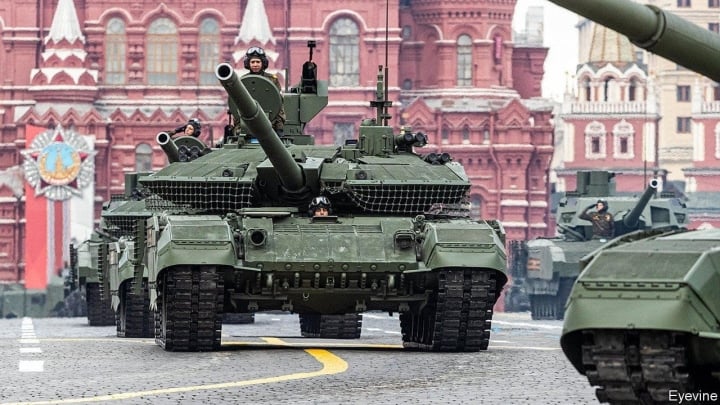
T-90M tank
NLAW is highly effective against tanks and other armored vehicles, and can cause significant damage even if the missile's angle of impact with the target is not optimal. But Russia has effective countermeasures to avoid being hit by NLAW missiles.
Russian tanks typically use a combination of active and passive defense systems to defend against anti-tank missiles like the NLAW. Active defense systems like the Arena-E are designed to intercept incoming missiles before they can hit the tank. Passive defense systems, like reactive armor, are designed to absorb the impact of the missile and reduce its effectiveness.
However, even with these systems in place, there is no guarantee that a tank will be able to withstand a direct hit from an NLAW missile.
Next Generation Light Anti-Tank Weapon (NLAW)
NLAW is a mobile anti-tank missile system developed by Saab Bofors Dynamics for use by infantry units. It is designed to engage and destroy main battle tanks, armored vehicles and other hardened targets at ranges of up to 600 meters.
The missile is guided by a semi-automatic line-of-sight (SACLOS) command system, allowing the operator to guide the missile to the target using a joystick. The NLAW is equipped with a parallel-type charge warhead, capable of penetrating armor up to 600mm thick. The missile is 1.2m long, weighs 12.5kg, and has a body diameter of 150mm.
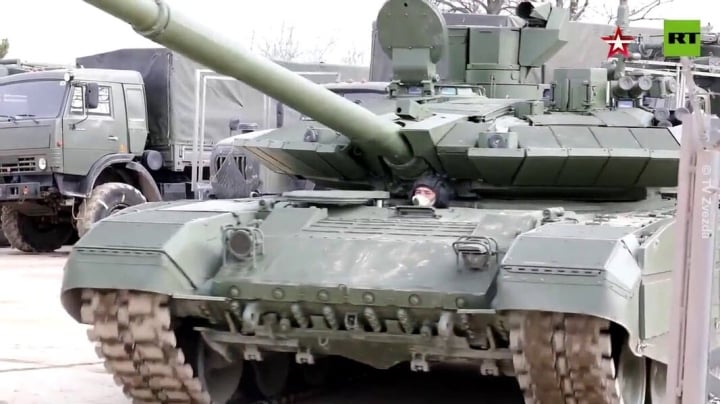
Relikt armor on T-90M tank
The NLAW is a highly effective anti-tank weapon that can be used in a wide range of combat situations. It is particularly useful in urban environments, where soldiers often prefer to use the NLAW to engage enemy armored vehicles at short ranges.
The SACLOS guidance system allows the missile to operate in situations where the operator has good visibility. The missile's parallel-charged warhead is capable of destroying modern armor, allowing it to penetrate even heavy tanks.
The NLAW is highly mobile, easy to transport and deploy in any terrain, and can be used and fired by one person from a variety of positions. The ease of use and portability of the missile make it an ideal weapon for special forces.
Le Hung (Bulgarian Military)
Source








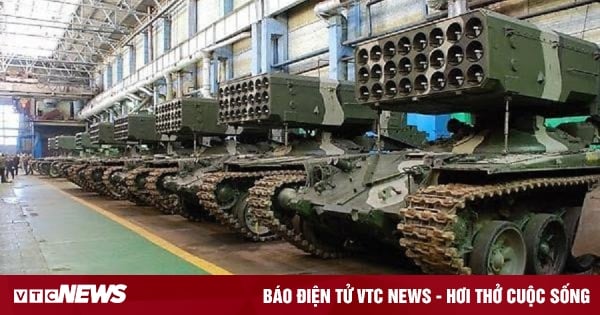








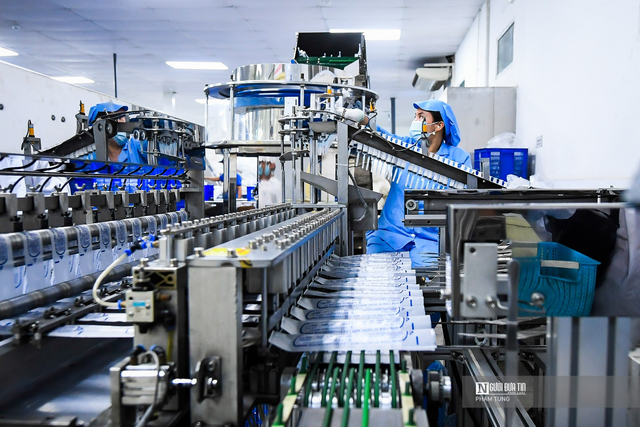














![[Photo] Prime Minister Pham Minh Chinh chairs Government Conference with localities on economic growth](https://vstatic.vietnam.vn/vietnam/resource/IMAGE/2025/2/21/f34583484f2643a2a2b72168a0d64baa)

























































Comment (0)